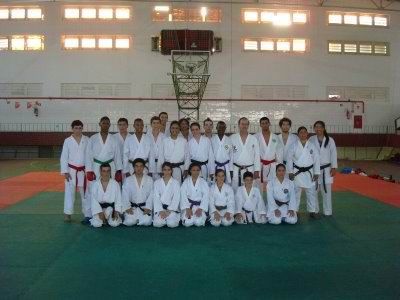
Those themes include the notion of justice and injustice in economic exchange, the role of labor in the creation of value, and the justification and abuse of private property, especially in capital and land. Attempts to specify the principles that render an exchange fair or unfair can be traced back at least as far as Aristotle, who argued that a just exchange will embody a kind of reciprocity such that the values of the goods exchanged are proportional Nicomachean Ethics, Book V, Part V. But while the notion of proportionality is intuitively appealing, it is somewhat unclear precisely what Aristotle had in mind by it, or what the most defensible explication of the idea would be. In the writings of St. Thomas Aquinas, we find the beginnings of a much more sophisticated and promising approach to questions such as this. And the just price, according to Aquinas, appears to have been simply the prevailing market price Summa Theologiae, part 2, second part, question 77; see also de Roover and Friedman
Altogether rights reserved. This article has been cited by other articles in PMC. Abstract Evolutionary researchers have identified become old, operational sex ratio and high clash in male resources as factors so as to intensify female competition. These are discussed in relation to escalated intrasexual antagonism for men and their resources amid young women in deprived neighbourhoods. Designed for these women, fighting is not seen as antithetical to cultural conceptions of femininity, and female weakness is disparaged. Nonetheless, even where competitive pressures are high, young women's aggression is a lesser amount of injurious and frequent than young men's.





